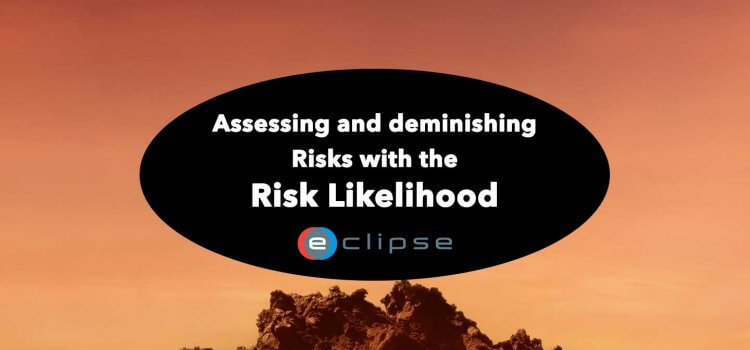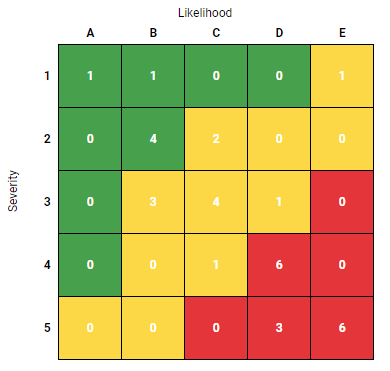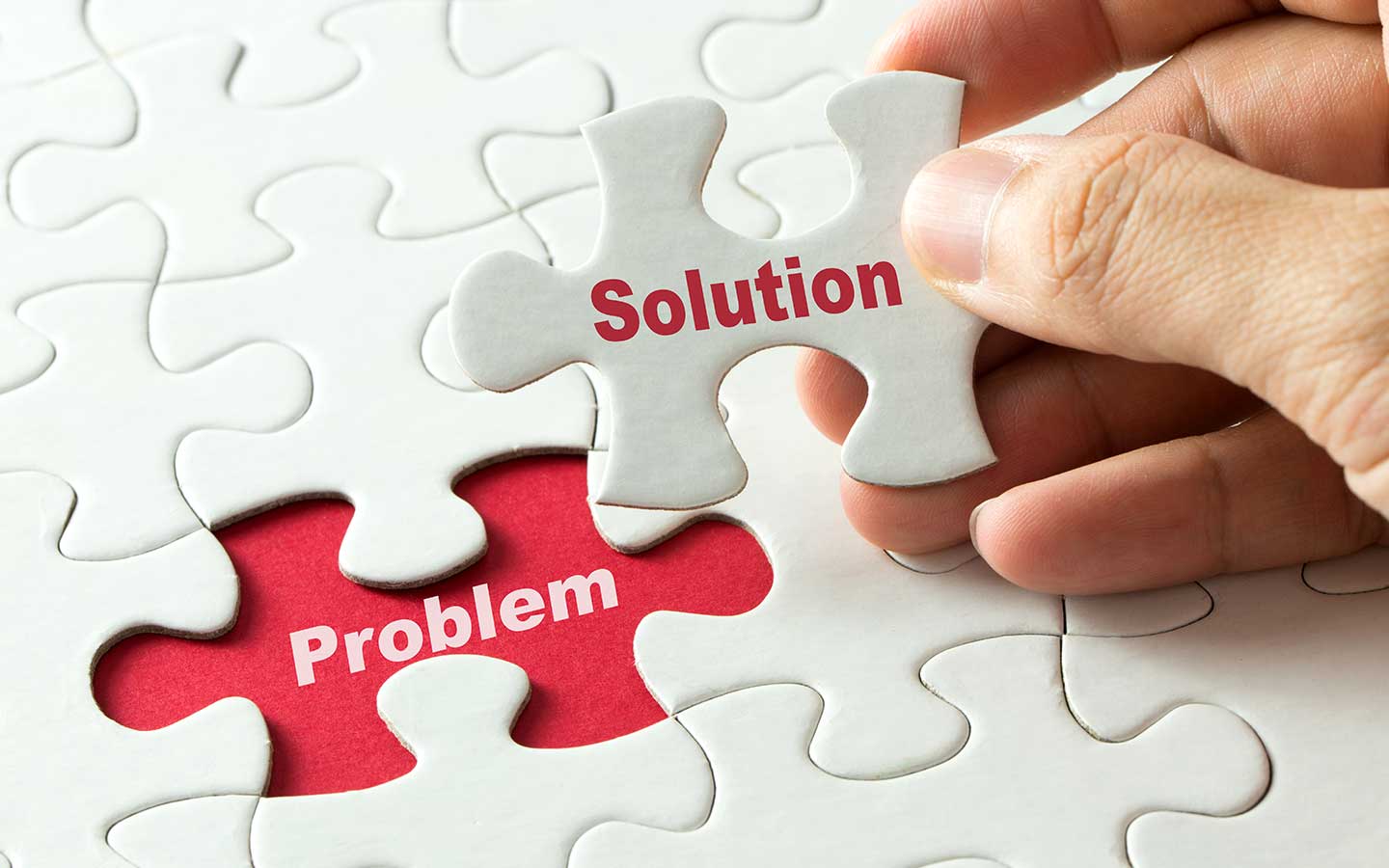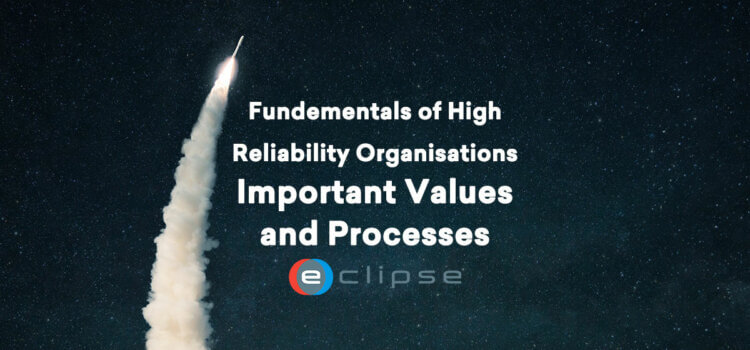
Risk Likelihood: Meaning, Usage, Calculation, and More
30 Jun, 2022
Risk Likelihood is a term that describes the likelihood of something going wrong. It is used by decision-makers and Risk Managers in various fields and industries. This article discusses the meaning of Risk Likelihood and how you can calculate it and decrease it.
What is Risk Likelihood?
Risk Likelihood is a qualitative assessment that explains how likely a Risk will occur. Qualitative assessments are based on opinions; it is difficult to put an exact number on the assessment. Risk Likelihood means the possibility of a potential risk occurring, interpreted using qualitative values such as low, medium, or high.
This is in comparison with quantitative assessments, which use data and numbers. When using a quantitative assessment, you typically speak about Risk Probability and percentage. In other words, the probability is the anticipated percentage of possibilities that an outcome will take place based on a parameter of values.
Describing the Risk Likelihood with the Ordinal scale
An ordinal scale is a way of ranking items in order of magnitude, or size. In other words, it is a scale that allows you to put things in order from smallest to largest (or vice versa). When it comes to Risk Likelihood, you can use an ordinal scale to rank the likelihood of something happening on a scale from 1 to 5.
Using an ordinal scale has several benefits. First, it is easy to understand and use. Second, it can be helpful in making decisions, since you can rank different options in order of magnitude. Finally, it is easy to communicate ordinal scale rankings to others. There are two ways to use an ordinal scale for Risk Likelihood:
- Rank the likelihood of something happening with numbers, for example, 1 to 5.
- Use a more descriptive ranking system with names, for example, low to high.

Travelling to Mars has many Risks, more ships will decrease the likelihood of failure of the whole project.
How do you determine the Risk Likelihood
There is no precise answer, as it may depend on the industry, company, and situation. Let’s say we have an important meeting with a client and our computer has crashed before, so it is likely to crash again.
Here we could take a Risk Assessment of:
- Low Likelihood: Estimation it crashes less than 1% of the time.
- Moderate Likelihood: Estimation crashes 5-10% of the time.
- High Likelihood: Estimation crashes more than 10% of the time.
Now let’s say we have components that must comply with ECSS Standards. Here we will use an ordinal scale from A to E (or 1 to 5). With its values meaning:
- Minimum Likelihood: Will almost never occur. (less than 0.1%)
- Low Likelihood: Will seldom occur (between 0.1% and 1%)
- Medium Likelihood: Will sometimes occur (between 1% and 10%)
- High Likelihood: Will frequently occur (between 10% and 100%)
- Maximum Likelihood: Certain or almost certain to occur (100%)
As you can see, the industries and companies will have different standards for what is considered a low, moderate, or high Likelihood. It is essential to discuss this with your team before making any decisions. It might be difficult to assess a low likelihood when speaking about 0.1 % and 1 %. Here it is typically better to be safe than sorry and choose a higher likelihood.
Why is Risk Likelihood significant for Risk Management?
Risk Likelihood helps to identify and prioritise risks in Risk Management. Knowing what the Likelihood is of several Risks, enables prioritisation. Together with the Risk Severity, the Risk Likelihood is part of the Risk Matrix (or Risk Diagram), a tool used to help identify, assess, and prioritise risks. Risk Severity (or Risk Impact) signals the Risk’s negative consequence on a project. The Risk Matrix typically has four sections, each representing a different Risk Magnitude.

Calculating a Risk Magnitude
Furthermore, you can also calculate the Risk Magnitude (or risk index) by multiplying the Risk Likelihood by the Risk Severity. The formula: Risk Magnitude = Severity x Likelihood.
You could then say that a low risk <5 would be acceptable, while a risk magnitude of 15 or above unacceptable.
Having only the Risk Magnitude does not give you a lot of information because you don’t know the Likelihood or Impact of the risk. Therefore analysing multiple risks is best done through a Risk Matrix.
Factors that can affect Risk Likelihood
Whether an event takes place depends on many factors. When determining the risk likelihood, you will want to consider as many of these factors as possible. Here are some factors you can take into account:
- Environment: Uncontrollable external factors such as bad weather can play a role in whether an event occurs.
- People: If you rely on people to do their job correctly, then their ability (or inability) will affect the Likelihood of an outcome.
- Machines: As with people, if you rely on machines to work correctly, their performance will also affect the Risk Likelihood.
- Processes: How a task is carried out can increase or decrease the Likelihood of an event occurring.
- Data: Incorrect data or interpretation of data can lead to inaccurate conclusions about the Likelihood of an event.
- Political and management: Changes in government or management policy can impact the Likelihood of an event occurring.
- Economic: To what extent will an event be affected by economic or financing changes?
- Event history: The amount of times an event has occurred in the past can give you some indication of how likely it is to occur in the future.
- Durability: The strength or stability of an object can play a role in the Risk Likelihood of it failing.
These are just a few of the factors that can affect Risk Likelihood. There may be others specific to your industry or company, and it is important to consider as many factors as possible to assess Risk Likelihood accurately.
It is hard to consider all factors, and some factors in certain situations will be more important than others. For example, if you are trying to assess the Risk Likelihood of a machine failure, the history of that particular machine may be more important than the general economic conditions.

Importance of Risk Likelihood assessment
Not assessing Risk Likelihood correctly can have severe consequences. If you underestimate the Likelihood of an event, you may not take the necessary precautions to avoid it. This can lead to costly accidents or even loss of life. On the other hand, if you overestimate the Likelihood of an event, you may take unnecessary precautions that waste time and money.
How to Mitigate Risks by reducing their Likelihood
Through Risk Mitigation you can reduce the Risk Likelihood. There are several ways to do this.
1. Redundancies
One way Risk Mitigation can reduce the Likelihood of an event is by implementing redundancies. Redundancies are extra components or processes that are put in place to take over if the primary component or process fails.
If you are worried about the computer crashing during an important presentation, you could save the presentation on a USB drive as well as on the computer. That way, if the computer does crash, you can still access the presentation from the USB drive.
2. Standards
Another way to reduce Risk is by implementing standards. Standards are protocols or procedures that must be followed to avoid potential risks.
Let’s say you are worried about electrical shocks from faulty wiring. You could implement a standard that all electrical wiring must be checked by a qualified electrician before it can be used.
3. Tolerances
Tolerances are limits that are set in order to avoid potential risks. In other words, tolerances are the maximum amount of deviation from the norm that is allowed.
For example, let’s say you are worried about a machine overheating and catching fire. You could set a tolerance for the machine’s temperature so that if it exceeds that temperature, it will automatically shut down. Shutting down will decrease the Likelikhood of failure and fire.
4. Training
Training can be used to teach people how to recognise potential risks and how to avoid them. For example, if there is a risk for injury on the job, you can train the team on how to safely operate the machinery.
5. Testing
Testing allows you to identify potential risks to mitigate them before they cause any problems. Repeated testing can help to identify trends so that you can predict when an event is likely to occur. After identifying potential risks, you can implement safeguards to avoid them.
6. Maintenance
Maintenance ensures that machinery is running properly and that there are no potential risks. Maintenance decreases the Risk that usage and time will lead to wear and tear that could cause an accident.
It is essential to plan how to reduce the Likelihood of an event before it happens. By implementing Risk Mitigation strategies, you can decrease the Likelihood of an event occurring and minimise the potential damages.
Tracking Risk Likelihood with the eRISK module of ECLIPSE
Having a system in place to track Risk Likelihood and the other aspects essential for risk management will increase the effectiveness of your risk mitigation strategies and help you avoid costly consequences. Discover more about the eRISK module and contact us for a free demo.




